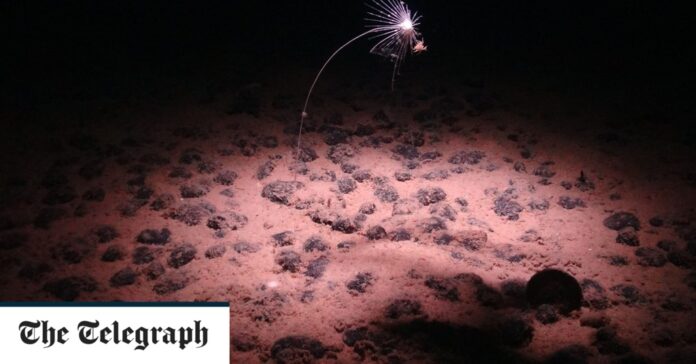Seafloor between Hawaii and Mexico is scattered with rock-like ‘nodules’ that contain minerals used in clean energy technologies
A vast area at the bottom of the Pacific Ocean earmarked for controversial deep-sea mineral mining is home to thousands of species unknown to science, according to several new studies.
Miners are eyeing an abyssal plain stretching between Hawaii and Mexico, known as the Clarion-Clipperton Zone (CCZ), for the rock-like “nodules” scattered across the seafloor that contain minerals used in clean energy technologies like electric car batteries.
The lightless ocean deep was once considered a virtual underwater desert, but as mining interest has grown, scientists have scoured the region exploring its biodiversity, with much of the data over the last decade coming from commercially funded expeditions.
And the more they look the more they have found, from a giant sea cucumber dubbed the “gummy squirrel” and a shrimp with a set of elongated bristly legs, to the many different tiny worms, crustaceans and mollusks living in the mud.


